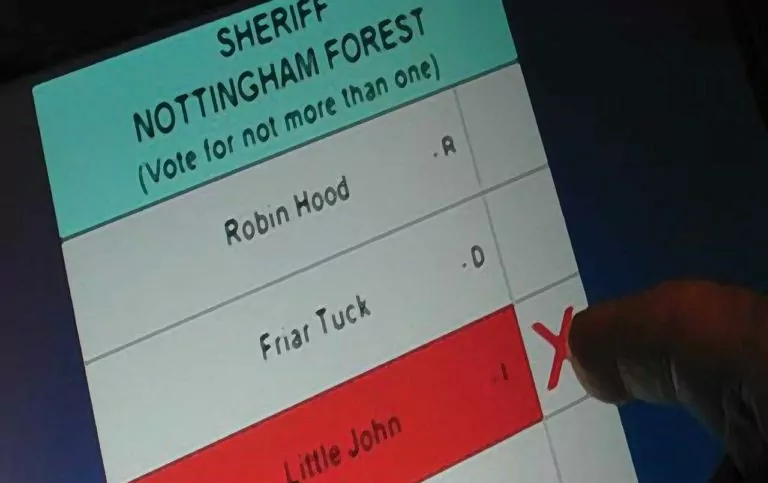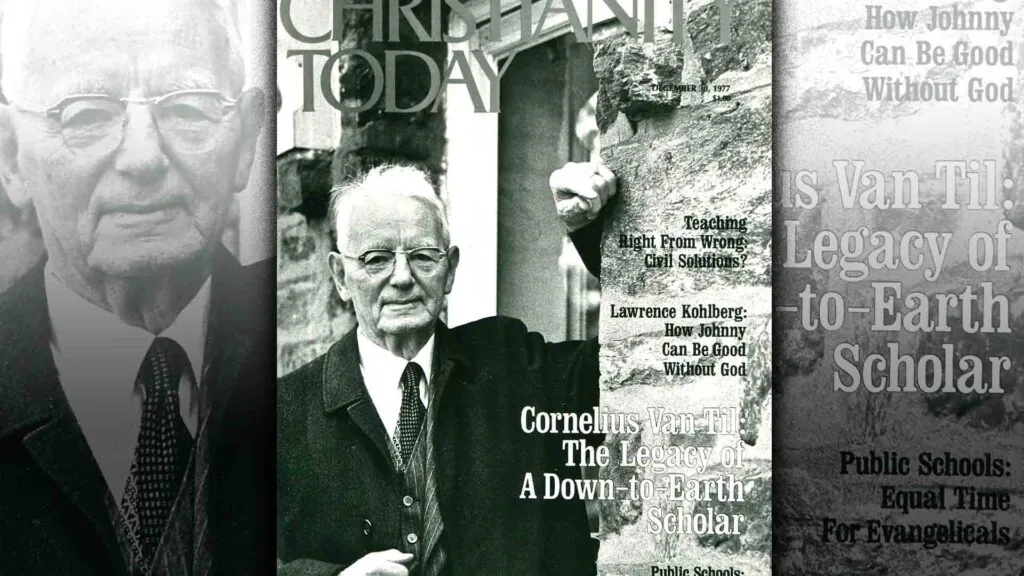As we progress ever farther into the digital age there is going to be an increased push to have voting go from paper to digital, with voting done on, and tabulated by, computers.
Part of this push comes from those who just think it a natural progression. After all, isn’t everything going digital? Others think it will increase voter turnout, especially if we open things up by allowing voting over the Internet (then you could vote from your own home).
But another reason for this push to digital comes from the complicated ways that other countries do elections. In Australia’s 2016 federal election, because of their ranked ballot, it took more than a week for the country to find out who had won. If voting had been done electronically this could have been resolved almost right after voting concluded.
But there is a problem with electronic voting that makes Canada’s present paper and pen voting method vastly superior. If we want people to be involved and invested in the democratic process, then the one thing we need them to know is that the results reported at the end are, without a shadow of a doubt, legitimate. That’s true of the Canada’s present federal system…and in a way that should be the envy of every other country. Our paper ballots leave a paper trail that can be checked and double check and triple checked too. In fact, in most ridings there are people with at least 3 different perspectives counting each vote:
- the (hopefully neutral) Elections Canada staff
- a Liberal Party scrutineer
- a Conservative Party scrutineer
In addition there are often scrutineers from the smaller parties like the New Democrats and the Greens (though they don’t have the manpower to scrutinize at every poll).
This independent triple check keeps the system entirely transparent – if Elections Canada, the Liberals, and the Conservatives can all agree on the vote total (and they do 99% of the time) then we know that the result are trustworthy.
Compare that to United States, where electronic voting tabulates the vast majority of votes and there is no paper trail. Every election there are reports of computer errors – someone voting Republican and their vote being given to the Democrat candidate, and vice versa. Some of these errant votes are caught – one famous example occurred when, in a precinct where just 412 people voted, presidential candidate Al Gore received a negative vote count of minus 16,022 votes. Someone, it seems, had hacked the machine.
Errant totals like this are easy to spot, but if a machine can be hacked once, why should we trust all the others? And how many of the other vote totals might be the result of simple computer error? American voters can only wonder how many less obvious errors may have escaped notice. Long ago Joseph Stalin said something to the effect of: “The people who cast the votes decide nothing. The people who count the votes decide everything.” Americans’ dependency on electronic voting machines means their system is based on trust – trust that the machines our counting properly, and trust that the people making and programming these counting machines are competent and honest, and trust that their security is flawless.
Meanwhile in Canada our hand counting approach recognizes that it is foolish to trust overmuch, that we are fallen and depraved creatures. Of course election officials have never stated it in such explicitly biblical terms, but that is the difference nonetheless. Instead of trust, we have verification, with two, three and even more vote totals from the different parties available to check against the official results. From a Reformed perspective then, the Canadian hand count is vastly superior to the American voting machine count.
On the federal level Canada currently has the most trustworthy, and therefore best, vote-counting system in the world. We need to let our friends and neighbors know that when it comes to voting and verification, bits and bytes don’t beat pen and paper.











